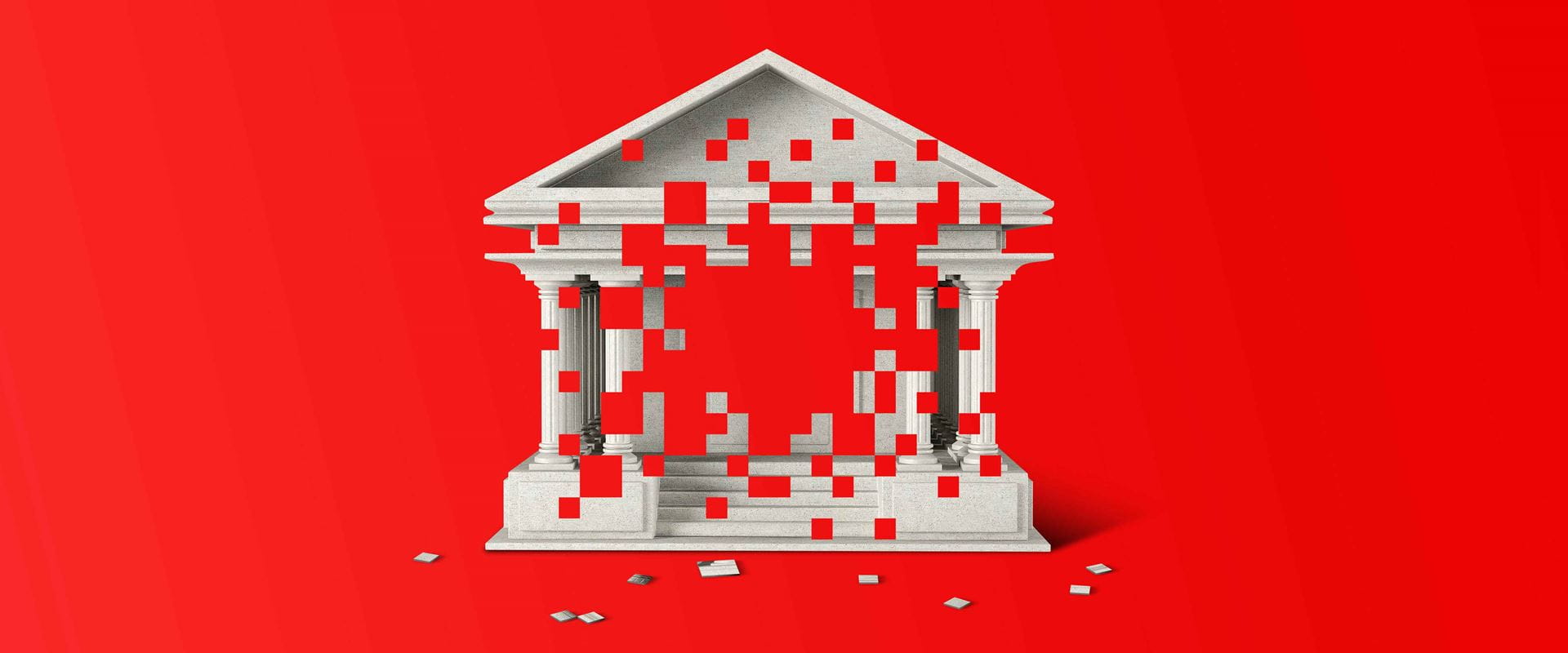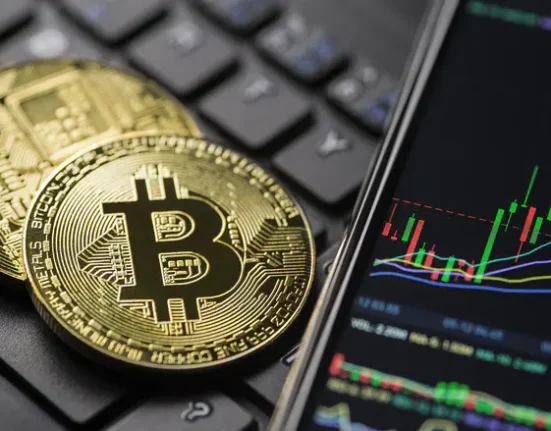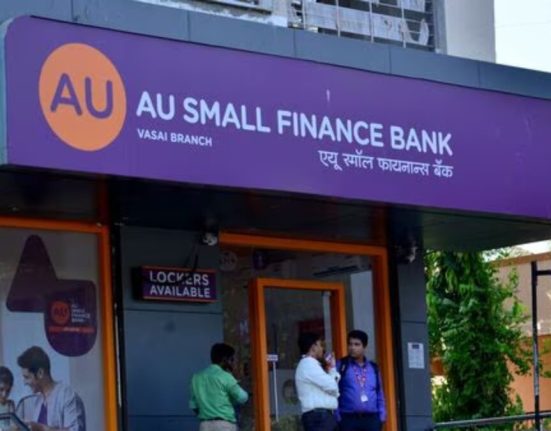But this process can also lead to profiling, even and perhaps especially for people who opt out of data-sharing, suggests research by Stanford’s Zhiguo He, Texas A&M’s Jing Huang, and Yale’s Jidong Zhou. Even if consumers choose to hold their information close, algorithms can make inferences and apply those to a personal situation.
In the United Kingdom, the government pushed for early adoption of open banking. A study led by University of Maryland’s Tania Babina finds that open banking is positive for the fintech system—more data to crunch and monetize in direct offers to customers—but has trade-offs for consumers. On the one hand, open banking helps deliver more granular and personal advice that improves household finances, the researchers find. And consumers who opt into data-sharing are 10 percent more likely to be approved for a new credit card or personal loan.
But, echoing the theoretical concerns advanced by He, Huang, and Zhou, the researchers find that people who decline to share data are nonetheless affected. Their nonparticipation is read as a risk. “The act of opting out itself sends a signal from which lenders draw a negative inference. Moreover, these consumers are likely to be on the margins of the financial system, and thus precisely those whose financial inclusion policymakers are interested in facilitating,” the research team concludes.
In some cases, consumers on the margins may be burned by the opportunities that data-sharing presents. For example, open banking is the engine behind the rapid growth in “buy now, pay later” offerings. Many websites display a BNPL option (such as PayPal’s Pay in 4), and shoppers who click on it are run through a credit and financial check that takes only seconds. If approved, they can pay off their purchase in interest-free installments.
But the convenience of BNPL could lead to overspending and interest accrual. At the point of purchase, consumers applying for a BNPL offer must decide if they want to use a bank debit card or credit card to make the current and future payments. If they choose to use the debit card and are short funds in the future, they risk paying an overdraft fee. If they opt for the credit card, they could wind up having to pay interest of 20 percent or more.
Younger consumers in poorer areas tend to use credit cards for BNPL purchases more often than less financially disadvantaged consumers, according to Rice University’s Benedict Guttman-Kenney (a recent graduate of Booth’s PhD program) and University of Nottingham’s Chris Firth, a research fellow, and John Gathergood. In their sample of roughly 1 million consumer credit card accounts from the UK, they find that about 20 percent of transactions involved a BNPL purchase and that younger consumers accounted for 27 percent of credit card BNPL users. The researchers did not track repayment history but note the potential harm that may be building, namely that BNPL can be a gateway to credit card debt for people who can ill afford to run up unpaid balances. (For more on BNPL, read “The Hidden Costs of ‘Interest Free’ Payment Plans.”)
Mortgages get issued faster—at a cost
Fintech companies are now a significant subset of the shadow-banking industry, which itself has become a major force in residential mortgage lending in the US. An influential 2018 research paper—by Stanford’s Greg Buchak, Northwestern’s Gregor Matvos, Columbia’s Tomasz Piskorski, and Stanford’s Amit Seru—finds that between 2007 (before the mortgage meltdown central to the 2008–09 financial crisis) and 2015, shadow banking’s share of the mortgage market grew from less than 30 percent to 50 percent. By 2017, that share was 55 percent.
Fintech lenders’ market share in mortgage originations grew from 3 percent in 2007 to 12 percent in 2015, they find. By 2019, it was up to 17 percent, according to more recent research from University of Wisconsin’s Dean Corbae, the Philadelphia Federal Reserve’s Pablo D’Erasmo, and University of Arkansas’s Kuan Liu.
Fintechs loaned money to less risky customers, according to Buchak, Matvos, Piskorski, and Seru. Those good credit risks paid for the convenience, generally accepting higher interest rates for being able to close a mortgage online. (Corbae, D’Erasmo, and Liu find similar patterns in loan data running through 2019.)
The researchers estimate that about 35 percent of the growth in shadow-bank mortgage lending between 2007 and 2015 was due to technology, with “regulatory arbitrage” accounting for the rest of the growth, as shadow banks essentially circumvented the regulation of traditional banks.
And that regulatory arbitrage is a continuing concern. All shadow banks, fintech or not, are prohibited from accepting deposits. In the US, they are therefore exempt from a lot of federal regulation, as much of the bank system’s oversight is pegged to deposit-taking institutions.
But shadow banks nonetheless rely on support from the government, which both guarantees many mortgages and is a major buyer of the home loans that fintech lenders originate. The lack of deposits effectively means that shadow banks follow a vastly different business model than traditional banking, which uses short-term deposits to fund longer-term loans. Instead, these institutions, also known as nonbank banks, rely on income from originating loans and then packaging them as securities that are sold to investors—among these are mortgage-backed securities, of which the Fed is one of the main buyers, currently holding $2.2 trillion worth.
It’s possible to envision how this new fintech-fueled banking system could run into trouble. Online banks paying high deposit rates are motivated to focus on higher-risk lending to earn enough to cover their deposit payouts. The convenience with and speed at which credit decisions can be made at online checkouts may be too easy for many households.
Revolutions are typically messy affairs, whether they be political, cultural, or—in this case—financial. The fact is that fintech has revolutionized how we manage our money, and researchers are monitoring the industry’s continued growth, keen to the extent to which the financial system, and household financial stability, could become more fragile. As that work provides more clarity on unintended consequences, the next step will be to assess whether in this emerging fintech era, the guardrails we currently rely on to provide structure, fairness, and protection for banking consumers will have to evolve as well.







